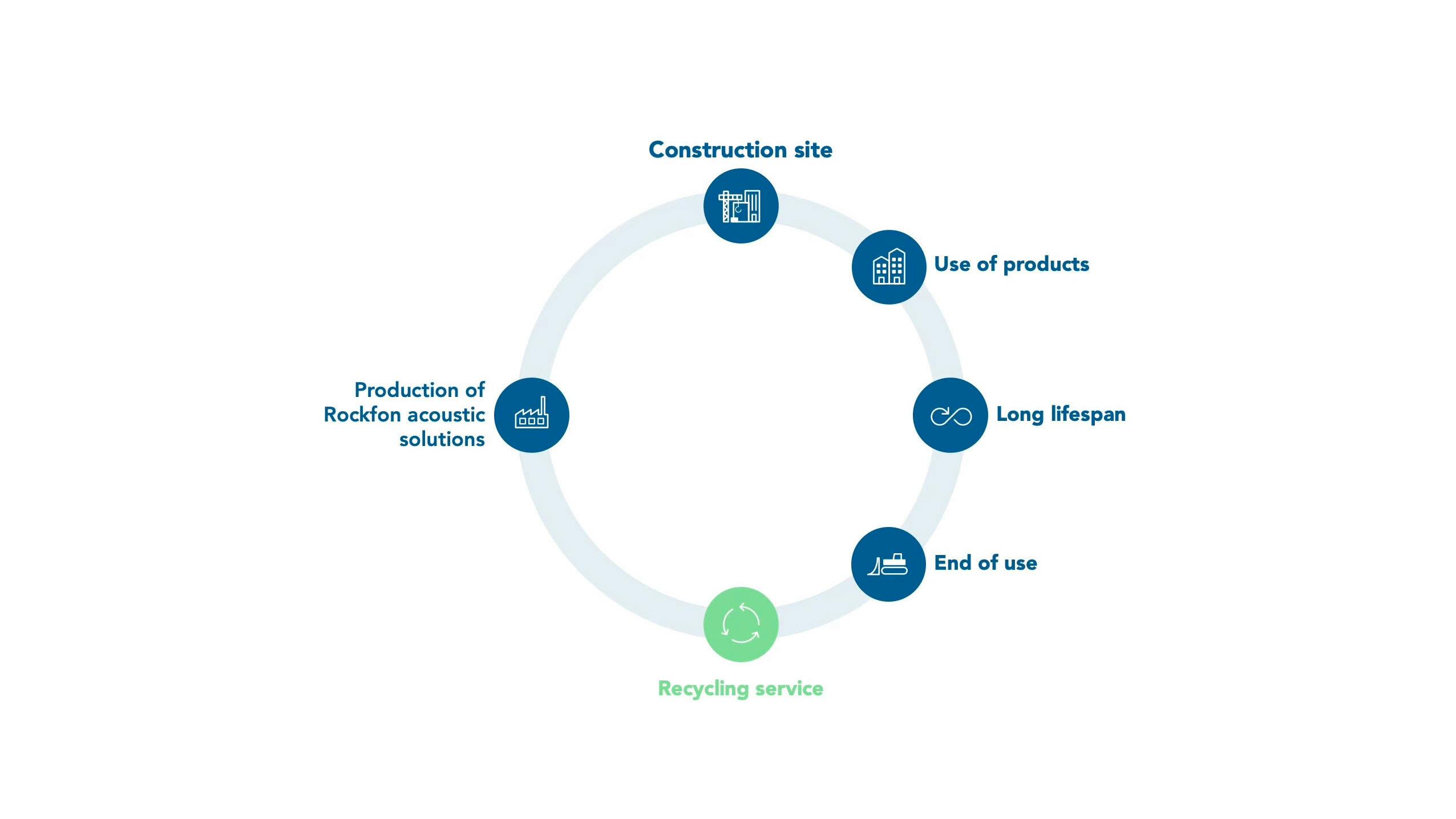The construction industry can divert 1-2 billion tons of waste, or one-third of the global total waste that ends up in landfill, and we take that very seriously. Now, more than ever, it’s important that businesses and consumers recycle manufactured goods due to ever-increasing populations and dwindling resources. Thus, it is even more important to be aware of what happens to the materials after they are returned to the manufacturer, or where the raw materials were initially sourced.
When assessing the contribution of a product to the circular economy, one needs to assess several aspects:
- What happens to the product itself after its use? Is it closed-loop or open-loop recycled?
- What other secondary materials can be recycled into the product? Are those materials upcycled or downcycled?
- Is there a scarcity associated with the use of additional primary raw materials and what is the efficiency of the use of those materials?
Therefore, in a circular economy, products should be used for as long as possible and reused to the greatest extent possible when they reach the end of their service life. At Rockfon, we provide long-lasting solutions for buildings – such as acoustic ceilings.
Closed loop recycling of our own sustainable products
To move away from the consumption method, the circular economy reduces our material footprint by re-using materials efficiently and profitably. To have a resource-efficient world, we need to provide the most durable products while simultaneously using the least amount of resources possible.
- None of our factories send stone wool waste to landfills
- Get a sustainable closed-loop product
- Stone wool is a reusable, fully recyclable material
In 2020, ROCKWOOL Group collected 163.000 tons of stone wool for recycling. We don't down cycle, infact, it can be recycled again and again
Read more about sustainability at Rockfon and see how we contribute to the circular economy with fully sustainable building materials.

Closed loop recycling of Rockfon products
To move away from the current more linear consumption method, the circular economy reduces our material footprint by re-using materials efficiently and profitably.


